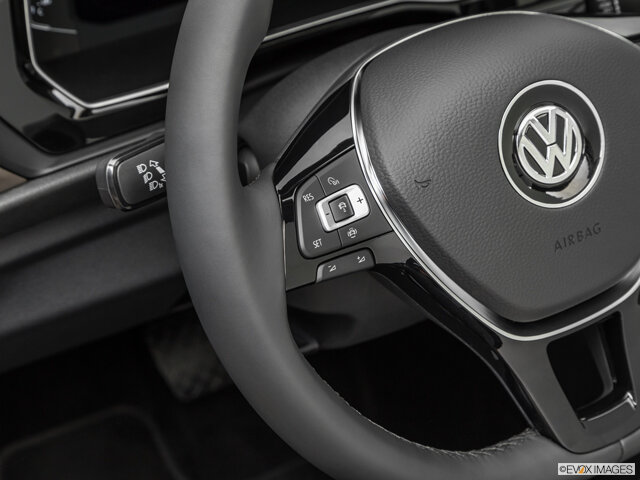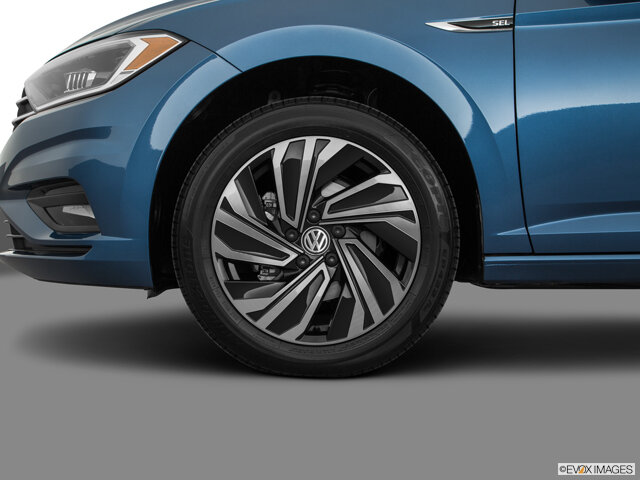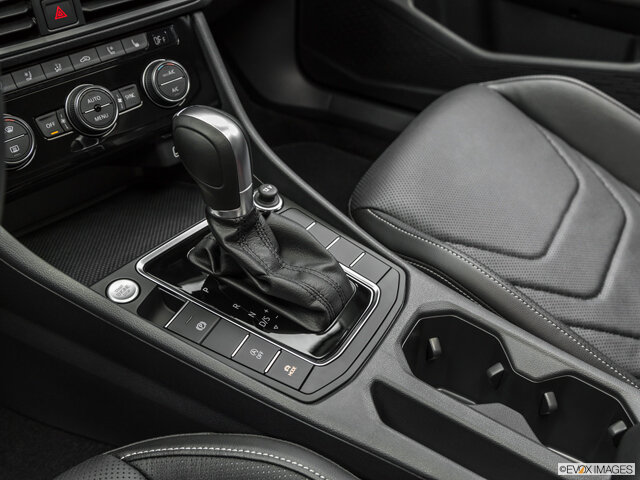Buying a new car can be exciting, but it also requires preparation. Consumers can’t just stroll into a dealership and buy a car without the necessary documents. Even those who are cash buyers need certain identification and documentation.
For buyers who need to prepare for the dealership visit to complete their purchase, here’s what to bring with you when buying a car:
- Driver’s license / identification
- Proof of insurance
- Pay stubs
- Credit report
- Proof of residence
- Pre-approval loan information (when approved through a private financial institution)
- Car title (for a car being used as a trade-in)
- Kelley Blue Book online valuation (for a trade-in)
- Discount or rebate documents
The Basic Necessary Documents for Most Car Purchases
Some buyers don’t need financing as they are paying for the car in full. They also might not have a vehicle to allocate for a trade-in. The most basic necessary documents for a car purchase are a driver’s license and proof of insurance.
Car and Driver explains that insurance cards with a current car listed for coverage could be adequate. However, buyers should not assume they are covered driving off in their new car.
Buyers should not drive a car out of the dealership until they know they are fully covered. If the car isn’t covered, an accident could leave the owner on the hook for repair damages and any other possible liabilities related to the accident.
Car and Driver advises contacting the insurance company to understand the cost of insuring the vehicle and, of course, to inquire about a grace period for covering the vehicle. Progressive explains that the new car should be covered under a current liability insurance policy, but, again, car buyers should check that grace period and reach out to their insurer to know for certain that they are safe to drive off the lot. Car and Driver explains that the coverage for a new car under the coverage for the old car usually extends for four days.
Buying a car also requires showing some form of identification, and, for most car buyers, the identification is the individual’s driver’s license. Make sure not to leave the wallet at home!
In addition, cash buyers also need to understand which forms of payment the dealership will accept. Cash or checks might not be accepted and buyers will need a cashier’s check. Those paying in full also will need to allocate money for any applicable sales tax, fees related to registering the vehicle, etc.

What Buyers Need if They Plan on Financing the Car at the Dealership
The majority of car buyers finance their new or used car purchase, and many might find getting financed at the dealership is the most convenient option. For those who plan to use the dealership as their middle-man to get approved for a car loan, make sure to have these documents on hand (in addition to an ID and proof of insurance):
- Pay stubs
- Credit report
- Proof of residence
To get approved for financing, lenders will need to know that the individual can afford payments. For this reason, buyers will need to show proof of income. Pay stubs are the best way to do this; buyers should take two or three stubs just to be safe.
In addition, lenders might need to know proof of residence. Bring a recent mortgage statement or rent invoice and a utility bill or credit card bill to cover all the bases. Opt for a few documents to show proof of residence; it’s best to arrive over-prepared instead of realizing that the process can’t be completed because documents are missing.
Buyers also can bring their most recent credit report, which can be beneficial to have at the dealership if there are any issues with financing. In addition, buyers also could check out their credit score for free using resources like CreditKarma (these scores might not be the exact scores lenders access, but they should be similar).
What to Bring When Buyers are Pre-Approved by a Bank or Credit Union
Some car buyers shop around to find the car loan with the best interest rates or terms. They might receive their financing through their bank or credit union or another financial institution.
For buyers who have been pre-approved for a loan, bring the documentation to the dealership. The loan serves as the budget maximum for the vehicle, but the dealership needs the information to complete the purchase, too. In addition, buyers will need the standard documentation (ID/driver’s license and proof of insurance).
Bring These Documents When Offering a Trade-In
Buyers who plan to use a current vehicle as a trade-in to offset the purchase price of their new car need to bring additional documentation. In order for the dealership to take possession of the trade-in vehicle, they will need the vehicle’s title.
The title must follow the vehicle to every owner. It includes information about the vehicle, and the title needs to be signed by the current car owner and the dealership for the car’s ownership to transfer to the dealership.
Those who have a trade-in also might bring a copy of the valuation estimate from Kelley Blue Book (KBB). Car owners can use KBB to better understand the value of their vehicle; owners will need to include the car’s make/model (or VIN or license plate info) and details related to the trim, features and condition. Using this information, KBB will show owners a trade-in value estimate; this is the price the car owner might receive from the dealership for their vehicle.
If buyers don’t feel that they are getting a fair price for their trade-in, they could reference the info from KBB. However, buyers should be honest about the condition and other features when valuing their vehicle on KBB; dealerships won’t raise their trade-in offer based on unrealistic car data.
Rebate Information Could Be Beneficial, Too
Car and Driver also recommends that car buyers bring in any documentation related to rebates or discounts. Some car buyers could work for a company like General Motors that offers discounts to their employees for a new vehicle.
Any documentation related to rebates or other discounts should be presented to the dealership. For example, Car and Driver explains that military personnel or students might be eligible for certain rebates at a dealership. To receive the rebate, though, documentation would be necessary.

Don’t Forget This Important Detail
Unless a car buyer is purchasing the car in full without financing, a down payment might be part of the transaction. Nerdwallet recommends allocating 20 percent of a new car’s purchase price for a down payment and 10 percent of a used car’s purchase price for a down payment.
Buyers might allocate more or less than these recommendations. However, regardless of how much the buyer plans to allocate, they need a means to pay for the down payment. Car buyers might call the dealership to ask about acceptable forms of payment.
Before Visiting the Dealership
Buyers might search for their car online to find their ideal model. For some buyers, the trip to the dealership might be the final step of the buying process.
Buyers who are ready to visit the dealership to take a test drive and complete the deal should gather all the necessary documents to ensure that the visit can end in a purchase (if that’s the buyer’s goal). Always take a driver’s license and proof of insurance. For those who plan to get financed at the dealership, don’t forget to bring other documents like pay stubs and/or proof of residence. Having a copy of a credit report also could be helpful.
Those who already have their financing in line should bring that documentation. This ensures that the dealership has the lender’s information to complete the transaction.
Some buyers plan to use a current car as a trade-in to help lower the price of a new car. Before visiting the dealership, locate the title of the car and bring it to the dealership. To take possession of a trade-in vehicle, the dealership will need the title.
All buyers also need to know how they plan to pay for their down payment. Review the finances to determine how much to allocate for the down payment. Since new cars depreciate quickly, experts recommend allocating a 20 percent down payment. Buyers can contact the dealership to inquire about what forms of payments are accepted.
When buyers consider the visit to the dealership to be the final step in the buying process, they will need to bring all the documents necessary to finalize the purchase. If one important document is missing, this will delay the transaction.
Review the list of necessary documents and keep them in a safe place to take to the dealership. While some documents might not always be necessary, it’s better to be over-prepared than missing key documents.
While buying a car can be simple, it also can require more documentation especially when buyers plan to get financed at the dealership. When in doubt, call the dealership to ask what documentation might be required to apply for financing and to complete the purchase of the vehicle.

